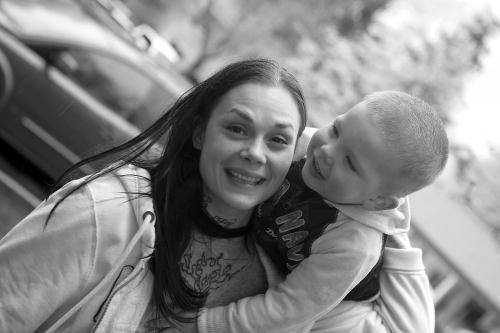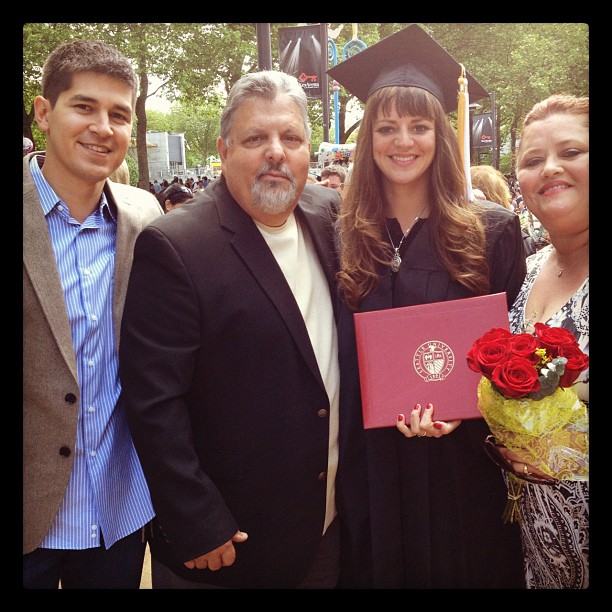We continue our Why Child Care Matters 5 part series with our guest blogger, Sarah, sharing her personal story of domestic violence and homelessness. Not belittling her own difficulties, Sarah reflects on how much more difficult it is for mothers. Child care can present a huge barrier for parents working to provide for their families and an obstacle that does not often receive much attention. In this series, we hope to shed more light on this issue and make connections between child care and homelessness.
Written by Sarah Swihart, MPA candidate at Seattle University.
Let’s talk barriers, why is child care a barrier for so many women? Why do women need child care? Yes, some women need child care because they are going back to work, but there are other reasons-domestic violence is one and a big one in fact. Financial dependency is the root of all evil and is a driving factor that perpetuates the cycle of poverty and violence here in the United States and globally among women. The effects of domestic violence are far reaching and is one the biggest contributors to homelessness; women often don’t have the resources, the skills, or the self-confidence to make it on their own when they do escape.
When women do find the courage to leave, the burden of finding shelter, food, child care, and a job to pay for all of these basic necessities lies solely on their shoulders. I know many of us question women in these situations, why don’t they just leave? I used to think this way too. But what’s scarier? Having your children on the streets or taking a hit so your kids can eat, have a roof over their head, and clothes on their backs?
Women who have experienced domestic violence are:
- 80% more likely to have a stroke
- 70% more likely to have heart disease
- 60% more likely to have asthma
- 70% more likely to drink heavily than women who have not experienced intimate partner violence
Remember when I said in part one, “I’m writing this series not because I’m a mother (because I’m not), I’m writing this as a woman who cares…?” Well, I am also writing this as a woman who was a victim of domestic violence, who was coerced into believing she wasn’t good enough or strong enough to survive. Who endured one hit after another, because “it wasn’t that bad”, and “besides did I really deserve better?”
I was dependent on my partner and stuck in a terrible relationship for almost five years because I didn’t have the money or courage to leave. I had a terrible credit score and I was afraid to be on my own. How did I escape? Well, not so healthy activities for quite some time and finally when the last strike left a mark too large to cover or numb, I reached out to my family for emotional and financial support. I had the resources, yet it was a struggle and it took years to recover. I dropped out of school, I was homeless, dependent on substances to numb the pain and I lost my job. It took me five years, without children, to escape the violence; I was too prideful, ashamed and afraid to leave. I know too many women with worse stories than my own with children to look after, no families to lean on and who rely solely on government programs and subsidies to help them get back on their feet.
Programs that offer affordable child care give women the opportunity to find a full-time job, go to school, and end the cycle of poverty and violence that plagues our society. We must keep the conversation going-access to affordable child care is important. Programs at the YWCA, the WSCADV, and New Beginnings are all getting things done to empower women and interrupt the cycle of hopelessness.
Break down the barriers, forget the taboos and begin a discussion about issues that in the long run impact us all, no matter your class, gender, race, or ethnicity. P.S. you don’t have to be an expert, speak from your heart, lead with your heart. Advocacy takes many forms, find yours and run with it.
I want to end with these disturbing stats, because if you get anything out of this, I hope your eyes skim these…
According to the Domestic Violence Statistics:
- Every 9 seconds in the US a woman is assaulted or beaten
- Studies suggest that up to 10 million children witness some form of domestic violence annually
- Domestic violence victims lose nearly 8 million days of paid work per year in the US alone—the equivalent of 32,000 full-time jobs.
- Men who as children witnessed their parents’ domestic violence were twice as likely to abuse their own wives than sons of nonviolent parents.
You can write me down in history with hateful, twisted lies, you can tread me in this very dirt, but still, like dust, I’ll rise. — Maya Angelou, poet, educator
Of note:

Firesteel will be launching a social media campaign in October in honor of Domestic Violence Awareness Month. We’ll be looking at the intersection of domestic violence and homelessness so stay tuned!
